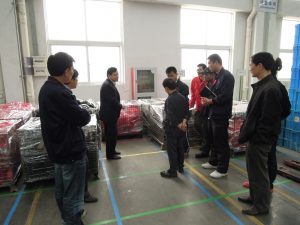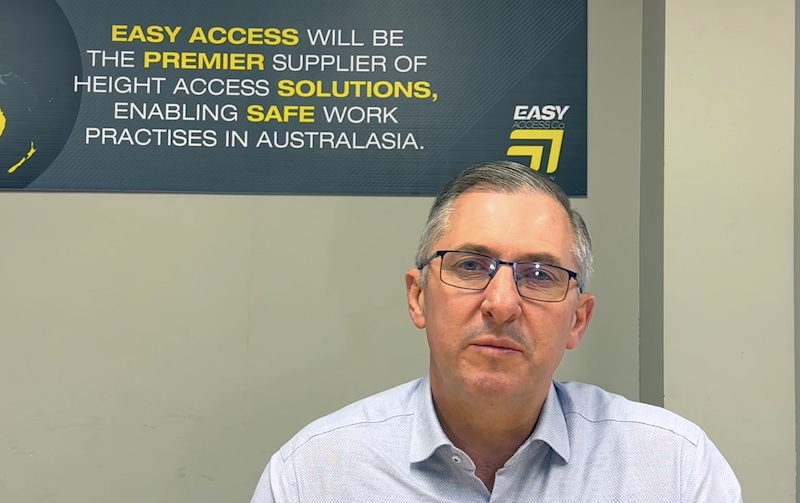By TXM China Consulting Director – Justin Tao
In a summer day several years ago, I attended a speech about Lean in China by a famous global Lean guru. My neighbor seat just said one word to me: “Rubbish!” when the guru suggested giving the employee training to get them to understand how lean will bring benefits to them if the company grows with Lean involvement. This western general manager who worked in China almost 10 years continue explained to me: “Chinese employees can’t be moved without money.” I felt kind of insulted as a Chinese, but at that moment I couldn’t make an effective rebuttal.

I have seen more Chinese companies start the Lean journey in recent years, which a good sign that companies have realized that Chinese manufacturers must implement lean to survive. However, to achieve “Total Employee Involvement” in a Lean transformation in China is still is a challenge. They often ask me : “I really want to do Lean, but my employees, they are not interested.”
As I have spent 36 years in China, I understand that Chinese culture has two outstanding characters: face and competition. These remain with us for our whole life. I think we need to motivate the employee by taking advantage of these two outstanding Chinese cultural characteristics. After my studies with dozens of Chinese companies (include international companies in China) in last decade, I suggest that “You need to do “Push” and “Pull” if you really want your employees to get fully engaged in a Lean transformation.”
“Push”, means Lean transformation needs to be started from the top and then propagated down the organization. We could call it transformation, however, if it started from bottom-up, we might call it revolution, which might not align with the company’s vision. In China, most of employees learn to follow their leaders, and do what leader asks and care about. Therefore only when the boss believes in Lean, and leads by example, his or her employee will also try to do it too, otherwise Lean becomes just a slogan.
I have seen many cases that the boss is the first person to break the rules he or she set for all employees in the company, such as not attending monthly reviews on time or even showing up. Following the leader’s example is important in all culture, but in China respect for ones Boss is very high and employees will be very very reluctant to do something against their immediate bosses wishes, even if directed by a more senior manager. This means every single layer of the organization has to be engaged and aligned on the goals of Lean and Lean leadership behaviors for the program to succeed. Lean needs to also be linked with company’s KPI during transformation. This is often, called as true north in Lean world. The KPI charts related to Lean need be visualized and promoted periodically.
If someone does well on KPI, he or she deserves a reward or recognition. There always be some people who are against organizational transformation. We need to be careful to deal with these people, and must deliver a clear message to everyone: that we are serious and that Lean is not just a short term campaign campaign. With this top down “Push” we then create momentum for change, which is supported by the bottom up “Pull”
“Pull”, means there should be benefits from implementing Lean. When I worked at Toyota, the culture was that all employees enthusiastically looked for improvement everyday without more payment. However, most companies are not like Toyota. Employees are much practical, they may do some implementation if you push them, however, the ultimate question for them is: what kind of benefits I could get if I do the improvement? For example, could I get better paid, will I be appreciated or promoted or could I work easier? Otherwise, employees are unlikely to get to fully involved in your Lean transformation in their inner heart. I found several practical ways to motivate employees in improvement in some Chinese companies.
- The first way, involves spending nothing, Visualise and rank the performance of every department. This recognizes top performers and helps them feel proud and be respected, but also brings competition with each department and individual.
- Secondly, by promote good improvement cases. I even saw one company made the monthly best improvement review as “The Voice” and annual review as “Oscar”.
- Thirdly, reward improvement. I saw several companies use the reward system similar to credit cards, where, employees could earn points from doing improvement according the benefits received by company. These points can then be redeemed by the employee for the gift they want. The best scene I have seen is that one operator racked his brain to search improvement opportunities to gain an extra 150 points to get an iPhone 5S.
When you do Lean transformation in China, I hope you could remember the push and pull, push the staff toward to right direction, and also pull them actively do improvement from their inner heart. Otherwise, Lean in China might just a campaign for your company and won’t last for long.




